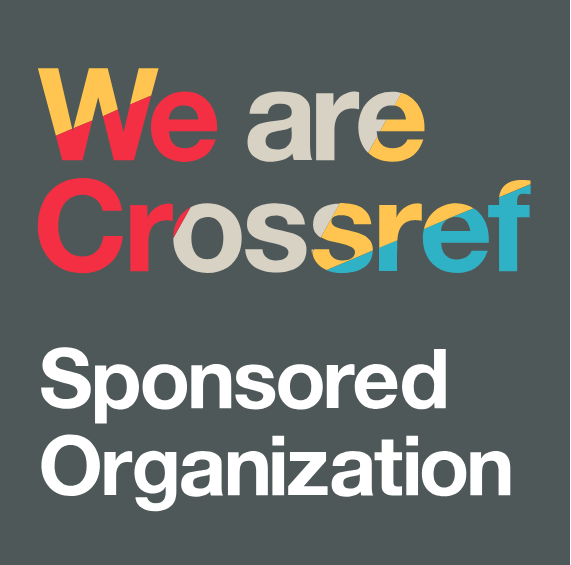Analysis Repair End Voltage and shrink Technical with Reconfiguration Network 20 KV distribution on Feeder PT PLN (Persero) Service Unit Silago Customer (ULP) Sitiung
DOI:
https://doi.org/10.38035/dit.v1i1.252Keywords:
Voltage Drop, Displacement Burden Network Distribution, Reconfiguration Network DistributionAbstract
There is voltage drop at the tip feeder silago because length network feeder the resulted distribution Genre Power electricity to customer suboptimal . By Because That done analysis transfer burden network with method reconfigure network distribution voltage intermediate feeder the original syllabus is output from substation Connect (GH) Sungai Dareh Then moved to feeder river dareh that direct output from substation Main (GI) Lansek River with use ETAP application 19.01, so expected can repair voltage drop across the feeder sylago so that distribution Genre Power electricity to customer can be optimal.
References
Erhaneli. & Sari, N. (2018). Analysis of the Load Transfer of the Sapih River Feeder to the Siteba Feeder on the Voltage Drop at PT.PLN (Persero) Rayon Kuranji. Padang: ITP.
Mutia, L. & Aridani. RP (2013). ETAP Training Module, ETAP Training Module.
Prastyo, Owen. (2015). Distribution Network Planning 20 kV PT Bukit Asam (Persero) Tbk. Semarang: Semarang University.
Bishop, Owen. (2004). Electronics Basics. Jakarta: Erlangga.
Paul. (2019). Voltage Loss Analysis of 20 kV Distribution Network PT. PLN (Persero) Merauke Branch. Merauke: Musamus University.
Munandar, Aris, A. (2004). Electrical Power Engineering Volume II. PT Pradnya Paramita.
Cekdin, C. & Taufik, B. (2013). Electrical circuits. Yogyakarta : Andi
Baharsya, Furqan. (2018). Analysis of the Effect of Changes in Ambient Temperature on the Current-Carrying Capacity of Medium Voltage Cables. Banda Aceh: Syiah Kuala University.
Handoko, D. (2016). System reliability analysis distribution of electricity at pt pln (persero) distribution Jakarta Raya Ciputat area. Bogor: Agricultural Institute Bogor.
Downloads
Published
How to Cite
Issue
Section
License
Copyright :
Authors who publish their manuscripts in this journal agree to the following conditions:
- Copyright in each article belongs to the author.
- The author acknowledges that the DIT has the right to be the first to publish under a Creative Commons Attribution 4.0 International license (Attribution 4.0 International CC BY 4.0).
- Authors can submit articles separately, arrange the non-exclusive distribution of manuscripts that have been published in this journal to other versions (for example, sent to the author's institutional repository, publication in a book, etc.), by acknowledging that the manuscript has been published for the first time at DIT.


























